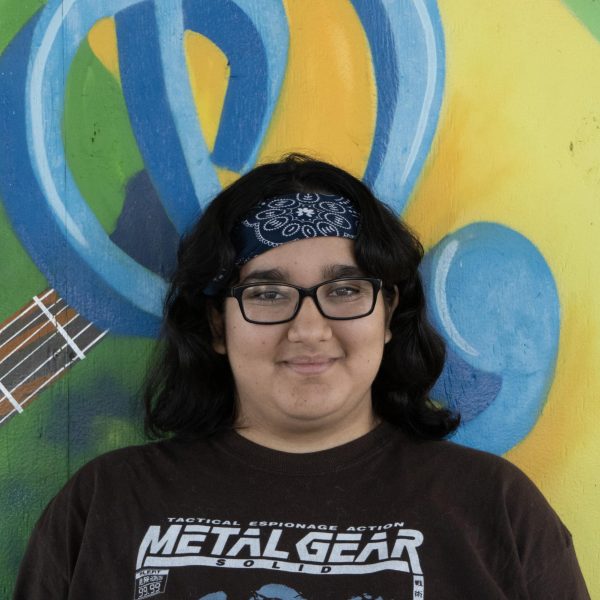When someone is scrolling through social media they are able to find new niches–unique items or subjects–that are shown through trends and viral videos. Coming across these trends, whether they are interactive filters or videos, has an effect on people when it comes to comparing themselves and their appearance to other people. One of the most recent examples of this nature is the ‘deer pretty, fox pretty, bunny pretty and cat pretty’ trend being wide-spread on the internet.
This trend has created an opportunity for peoples’ appearances to fit into four different animal categories—deer, fox, bunny and cat). Forcing younger audiences to wonder about what animal demographic they fit into based on their general looks.Forcing audiences to turn to social media as a resource to figure out how to change themselves to fit into a “certain type” of beauty. This makes it harder for audiences in general to see themselves as beautiful just the way they are.
Arriving to the conclusion that social media excludes people from the general description of “pretty”, journalist and poet Chole Laws says in the article, There Is Something So Ugly About TikTok’s “Bunny Pretty” Trend that “Beauty standards continue to exclude those who fall outside of the narrow unwritten definitions society has established. Every time we open a social media app, videos flash across the screen with examples of “pretty” — and the women in so many viral videos are able-bodied, thin, and white.” This shows that in the media, certain forms of beauty are unrealistic and portrayed as superior to anything else.
However, this trend was originally designed to figure out how different types of makeup pair better with certain face shapes and features. The original intentions of the trend quickly changed to a completely different purpose altogether. Further pushing the envelope of helpful but deprecating information for people that may not have the exact qualities for a certain type of makeup look.
Additionally, the makeup purpose of this trend is also limiting the amount of makeup a person can apply on themselves due to the category they fit into. As writer Jessica Hammer states in What kind of pretty are you?: TikTok perpetuates harmful beauty standards, “the trend [is] trying to tell people how to express themselves through makeup based on little to no reason, as facial features vary from person to person and all possible combinations could not fit into four limiting categories, but it is also encouraging users to scrutinize themselves”. Hammer showcases the overall negative effects of this trend on mental health and body image issues, which is causing many teens and young adults to be more self critical due to their perceived appearance, or in this case their animal demographic.
In What kind of pretty are you?: TikTok perpetuates harmful beauty standards. It says some users feel they don’t fit into any category at all, and typically the celebrities shown to exemplify the categories often don’t look alike at all. The comment section on TikTok’s are full of people saying that they fall into multiple categories.
Therefore causing insecurity over not looking like the “perfect” model on the internet, leading to the lack of self confidence among younger audiences. Resulting in worsened mental health issues and even depression, due to not being confident in your own skin. Making it feel like beauty in society is getting progressively more and more challenging to follow by the day.
According to There Is Something So Ugly About TikTok’s “Bunny Pretty” Trend, what propels the trends are filters using AI, according to Styleseat 79% of Americans Say Beauty Filters Have Changed Beauty Standards [filters] have been proven to be found 70 percent worse for mental health, [meaning] that beauty standards continue to get more complicated to follow.
With unrealistic beauty standards the ‘What Kind of Pretty’ trend provides in the social media scene, it is a very divided subject in terms of putting people into different categories based on their appearance. This causes there to be certain expectations of what is beautiful and what is not in society today, which is unhealthy to the generation that is so often online. Beauty trends like what kind of pretty should be developed in a more inclusive, positive way in order to avoid self esteem and mental health issues, which are an ongoing effect of trends on the internet in our current generation.









